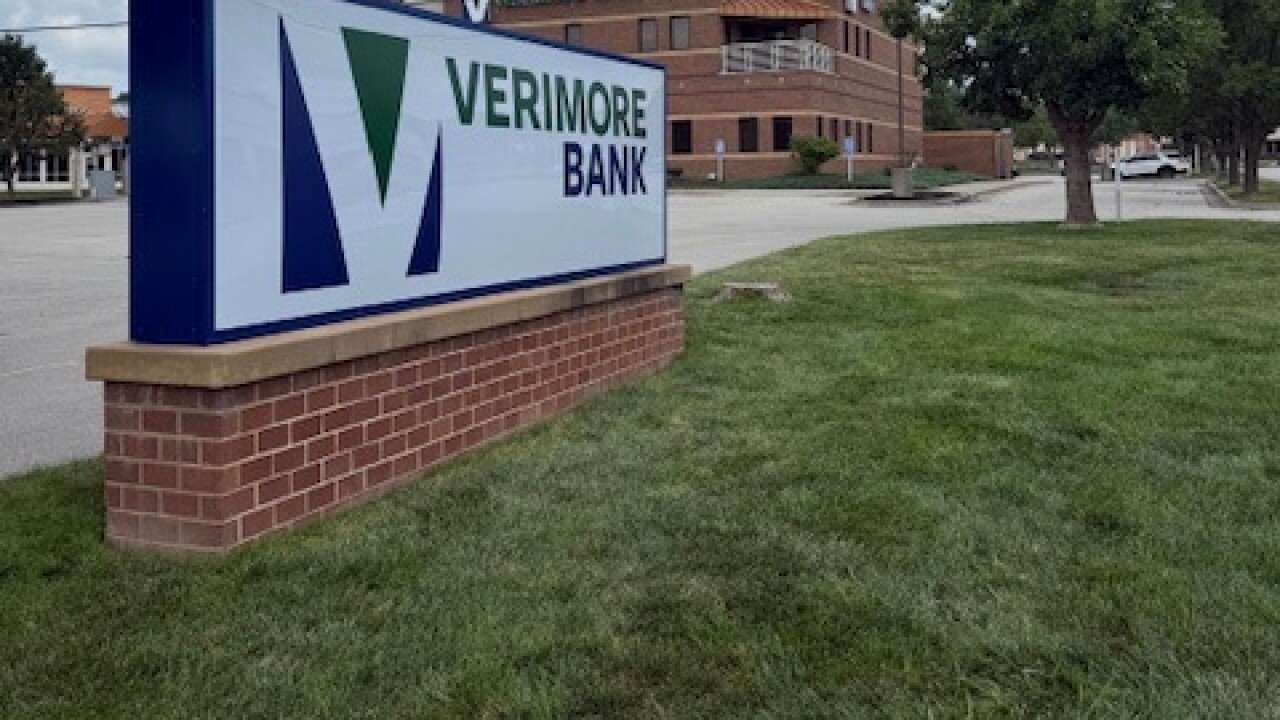
When CIT Group Inc. filed for bankruptcy it turned to a different type of debtor-in-possession loan structure — one that harkens back to more traditional financings of court-supervised companies — and the century-old company's ability to readily get at the financing could have ramifications for the broader U.S. economy.
Most DIP loans are used to help a bankrupt business keep its doors open. After all, the end-game for a court-supervised workout is to keep a company on its feet and its people employed. But CIT, which aims to shed $10 billion of debt with its bankruptcy, will use its DIP to provide credit to other companies.
The finance company, which filed for bankruptcy in New York's Southern District Court, asked the judge overseeing its case to approve a $500 million senior-secured facility that will allow it to issue standby and documentary letters of credit. Specifically, the company said in court documents that it needs to use LOCs in many of its businesses, particularly its trade finance businesses.
"It would be catastrophic for CIT, its subsidiaries, and its clients if CIT is prevented for any period of time from getting letters of credit opened during the course of the bankruptcy case," CIT's debtor counsel warned in their filings with the court. "Failure to secure an adequate letter of credit facility at this time … could cause a devastating ripple effect through our economy, immediately prior to the biggest retail season of the year."
The facility CIT has asked for is secured by a perfected senior-priority security interest in unencumbered cash deposited into collateral accounts controlled by Bank of America. B of A is the administrative agent of the facility.
"That is how it usually used to be done. There were more revolving lines of credit than fully funded facilities," says Richard Levin, a partner at Cravath Swaine & Moore LLP and head of the firm's bankruptcy practice.
A fully funded facility is a loan that is advanced to the reorganizing company in full when the court approves it.
Participants say that in recent years financings for bankrupt companies tended to be more fully funded up front. That is because lenders included a wide variety of non-bank investors such as hedge funds.
The loan facility CIT wants to get at totals $500 million, but the debtor wanted and received an interim order from the court to let it get at $125 million that it needs within the first three weeks of its bankruptcy. The company filed for bankruptcy on Nov. 1.
Prior to its bankruptcy, CIT had a $750 million standby letter-of-credit facility from a syndicate of 27 banks. JPMorgan Chase was the lead bank in the facility, which expires in May 2010. However, most of the letters of credit provided by CIT run for more than a year.
CIT's bankruptcy is notable in many respects. The company's court petition makes it the fifth largest bankruptcy in the nation's corporate history — CIT listed over 100,000 creditors in its bankruptcy filing and assets totaled $71 billion while liabilities came to nearly $65 billion. But what may be more important is that the company's specialty loans are for a variety of industries where credit is not readily available.
For example, CIT provides working capital and term loans, factoring, receivables purchasing, receivable management services, bulk purchases of accounts receivable, import and export financing, and letters of credit programs. Clients include Dunkin' Brands and Dark Castle Entertainment, which makes horror films. CIT also is the third largest railcar-fleet lessor in the U.S. and the third largest aircraft lessor in the world, so there are implications for the aerospace and industrial segments of the nation's economy.
"It occupies a unique niche in credit provision and a niche that is particularly vulnerable right now," says Julia Coronado, senior U.S. economist at BNP Paribas.
Coronado points out that CIT provides financing to companies that cannot readily access the U.S. bond markets or readily get a loan from banks. "If smaller business cannot get financing, then we [as an economy] don't grow," says Coronado. "It does have implications for growth prospects."
The importance of CIT's DIP loan and the finance company's ability to keep its doors open also have international ramifications. According to court documents, many of CIT's trade-finance business clients import goods, and overseas vendors require the importer to purchase through documentary LOCs. "Without these letters of credit the importer will be unable to fulfill its obligations to its buyers, who are typically retailers," the company said in court filings.
Interestingly, in making their case for the special loan facility, CIT's debtor counsel, Skadden, Arps, Slate, Meagher & Flom, also cites a weekly radio address made by President Obama in what may be a novelty in the bankruptcy world.
The address, made by the president on Oct. 24, makes the point that "while credit may be more available for large businesses, too many small business owners are struggling to get the credit they need."
The concerns about the lack of credit for U.S. businesses are nothing new. A July survey of loan officers — the most recent poll of professionals from 55 domestic banks and branches of 23 foreign banks conducted by the Federal Reserve — found that standards and terms for loans to business continued to tighten. Most of the credit-tightening was related to an unfavorable outlook on the economy and a greater aversion to risk.
As is the case with all financings for companies under court supervision, there are fees to be paid to the lender. The commitment fee is 1.5% per year on whatever slice of the facility is not used and there is a 3.5% fee per year on whatever is not used. If there is a default both of these fees will be increased by 200 basis points. CIT also will pay a fee of $1,500 for each LOC issued from the $500 million facility.





